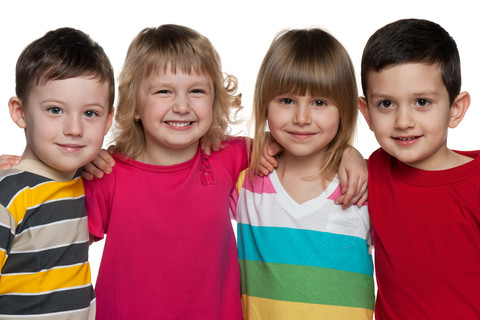
The school’s social environment is one of the six different but equally important key components of the whole school approach to a health-promoting school. The school’s social environment refers to the quality of relationships among the students and between students, teachers, other staff and school leadership. When considering your school’s social environment other factors to consider include wellbeing, safety, inclusion and diversity as well as school social media and virtual settings. These forms of social communication can also affect health and wellbeing and are an important part of the school culture.
The school's social environment is one of the important standards of a health-promoting school. This standard is described by SHE as an environment conducive to the safety, health, and well-being of pupils and school staff (“European standards and indicators for health-promoting schools pg 19 and 32-34). The following questions can give an indication of whether your school's social environment meets the standards of a health-promoting school.
- Are teachers’ disciplining and rewarding methods respectful of students’ personalities and are positive social relationships cultivated within the classroom?
- Does the school have appropriate spaces for active learning and cooperative learning methods?
- Are there developmentally appropriate discussions (according to the age and mental abilities of pupils) and activities for developing pro-social tools, self-esteem, conflict resolution skills and effective communication?
- Does your school have a peer mentoring program to tackle bullying?
- Are pupils are actively involved in developing a positive school ethos?
- Is the number of bullying incidents observed and reported and successfully handled?
- Do what degree do teachers and parents feel safe, respected and included in the school?
- Is there a friendly atmosphere during teacher-parents meetings?
- Is there information that circulates within the school about well-being, healthy lifestyles, bullying prevention and sexual education?
- Are there activities and practices that are implemented specifically to promote interconnectedness?
- To what degree do students feel supported by school staff?
- Are there activities that promote relaxation, concentration and fun and are conducive to wellbeing?
- Is there is an active class council or students’ association?
- Does the school community organise social events and how many school members participate?
- Does the school comply with democratic structures, dialogue and decision making including the active participation of students and teachers?
- Are there defined policies for students with special needs such as the administration of medicines or special diets.
In addition, SHE’s rapid assessment tool helps you identify what your school already does well, what areas need improvement and what you want to focus on and includes questions about the school’s social environment.
Click here to access SHE School Manual (2.0) ( available in languages other than English)
Click here for SHE’s European Standards and Indicators (available in languages other than English)
